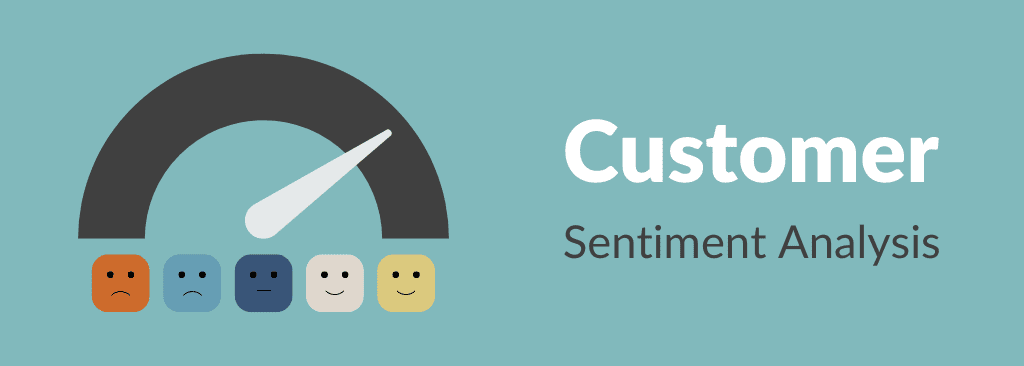Importance of Customer Sentiment Analysis for Your Business
The battery life is large is a positive statement
The time it takes to charge the battery is large is a negative statement
The wetlands and grasslands are what cranes prefer. We are talking about the bird crane
Cranes are used to lift and lower materials in industrial and construction sites. We are talking about the machine crane.
We are talking semantics here, and machine learning algorithms are used to figure out the semantics and make sense of it.
The same machine learning algorithms can look at customer sentiments in an automated way. Figure out what the customers say is positive, negative, or neutral. This is what you call sentiment analysis.
Customer Sentiment Analysis – Use Cases & Implementation
It’s crucial to understand customer sentiment to remain competitive in today’s business landscape. Analyzing customer sentiment data can offer valuable insights into what customers think and feel about a company’s products or services. Consequently, many companies are employing customer sentiment analysis to better understand their customers and enhance their overall customer experience.
This article will delve into different use cases of customer sentiment analysis and illustrate how it can be implemented in various industries to gain a competitive edge.
1. Make Sense of Unstructured Data
Every business has an enormous number of customers, and analyzing their feedback manually will no longer work.
Besides, 80% of customer data will be unstructured, and how do you make sense of them?
It is through machine learning. They can organize the customer data as positive, negative, or neutral based on their emotional tone. Thus, it gets easier to understand what your data tells about your customers.
2. Act-On Customer Feedback and Show That You Care
Often, customers are averse to providing feedback as they don’t feel appreciated because organizations don’t act on that customer feedback.
Some of the problems lie in the fact that organizations don’t understand the feedback, as most of it is unstructured.
A massive amount of data can be examined and categorized with customer sentiment analysis.
You can quickly identify negative emotions and act on them immediately.
3. Improve Sales and Performance
Let us say that you use a product recommendation system; how do you collect recommendations, and what do you do with them?
You can look at the reviews of your system – understand the products your customers liked and disliked the most. Besides, you can even drill down to the features that they liked and disliked.
The easiest way would be to look at the most disliked items in the list and see what you can do about it as a business strategy.
Based on your understanding of the customer’s requirements, you can recommend suggestions using your product recommendation system.
How often have you bought something on Amazon based on its recommendation engine or watched a movie suggested by the Netflix recommendation engine?
There you go about what you can do by understanding customer sentiments and using the recommendation engine.
4. Reduce Customer Attrition
The 2022 CRM impact report suggests a 32% churn globally. The same report states that 83% of marketers think these rates are due to their inability to establish positioning and messaging for their customers in a relevant manner.
Understanding the customer’s emotions can provide a better customer experience and customer service. This will naturally reduce the customer churn rates from the current 32%.
5. Product Design and Improvement
Customers use social media to express their thoughts on any product. Mining social media information becomes vital as they have become the voice of the customers.
It allows you to capture customers’ perceptions about your product and its features as to what they like and dislike. What takes time, what is tacky, etc.
Based on these perceptions, your product leaders and analysts can fix bugs and issues and improve their products based on customers’ needs.
6. Improve Service Process and Training
You’d understand the customer’s emotions deeper when you go through your call recordings using voice analytics.
You’d understand the customer’s problems, the gaps in your service process, and the knowledge levels of your customer-facing agents.
This would help you enhance the service process and improve the training program of your agents.
Customer sentiment analysis allows you to understand your customers better, thereby improving the process of engaging with your customers. Acting on the sentiments helps improve the customer’s trust in your business.
Request a demo to learn more about how ClearTouch can keep your business up to date with trends and ahead of the competition.
